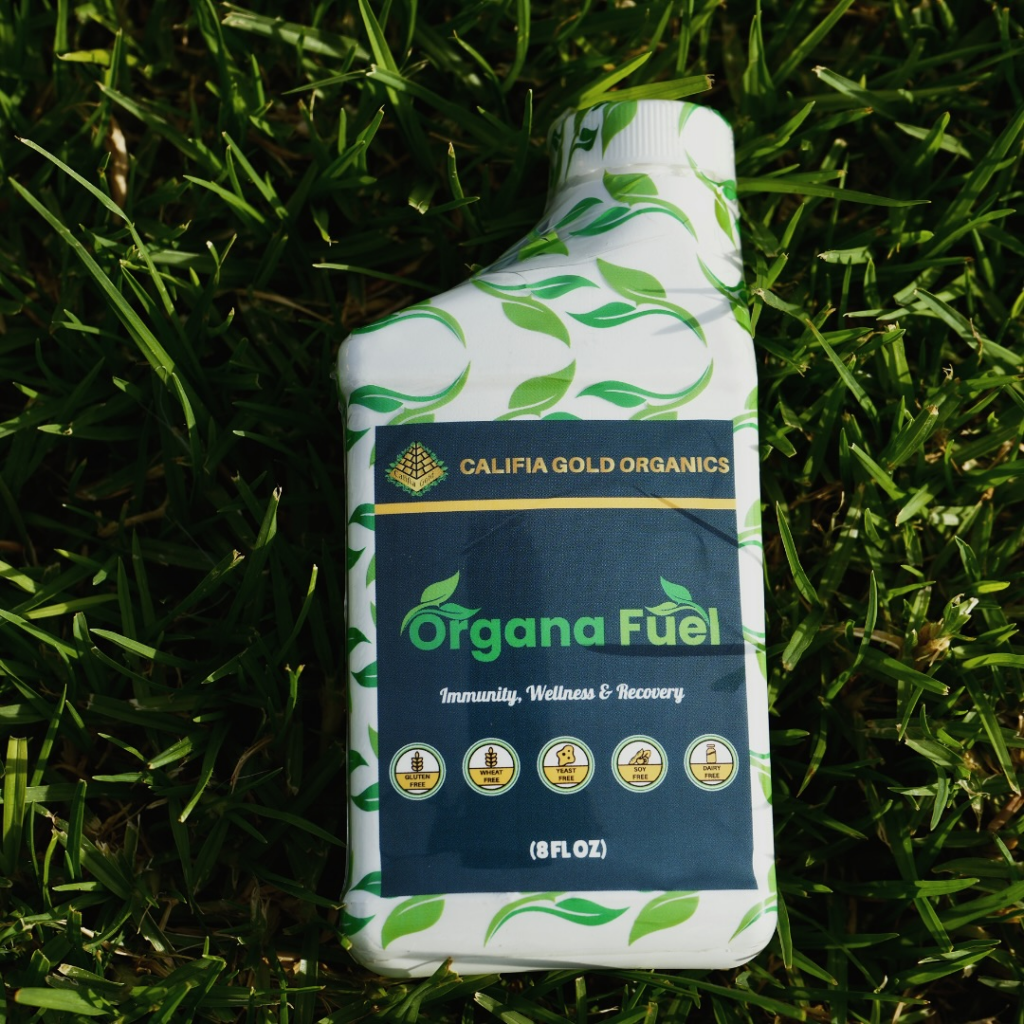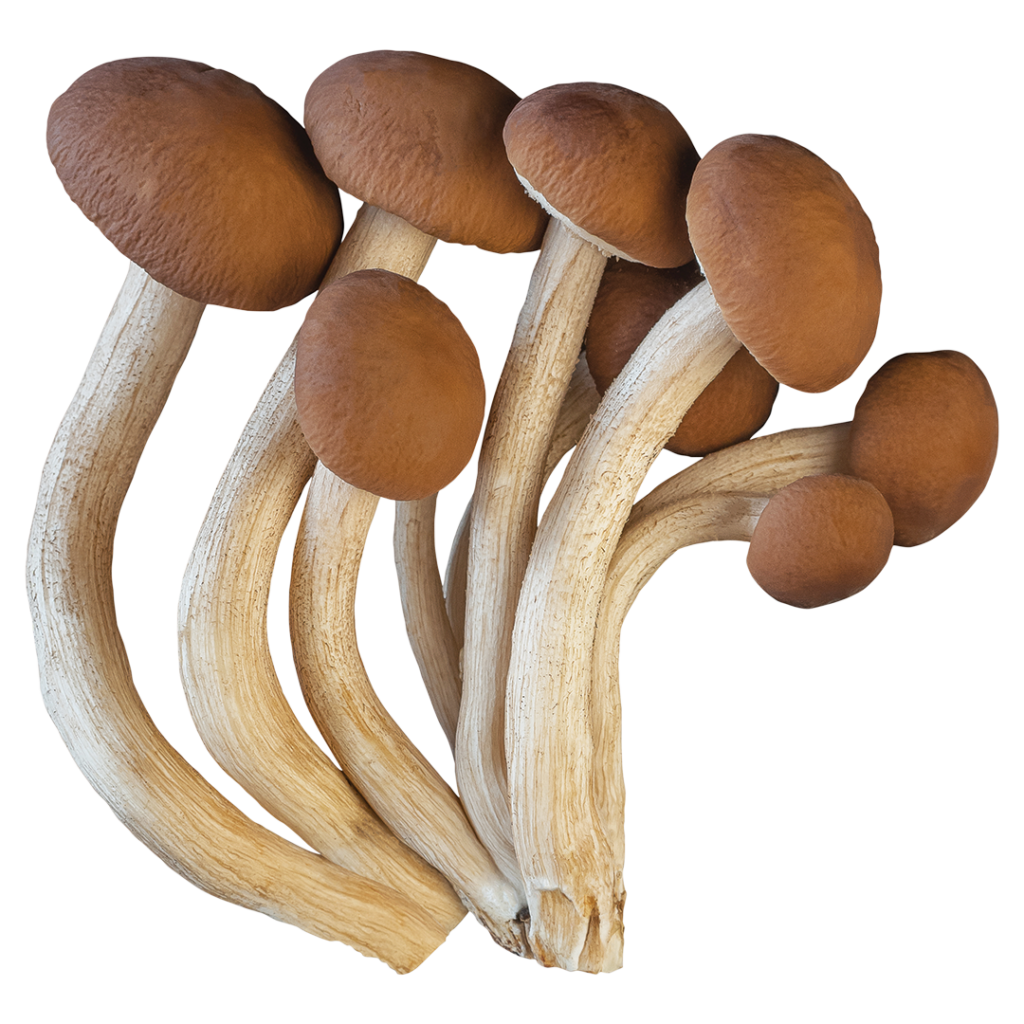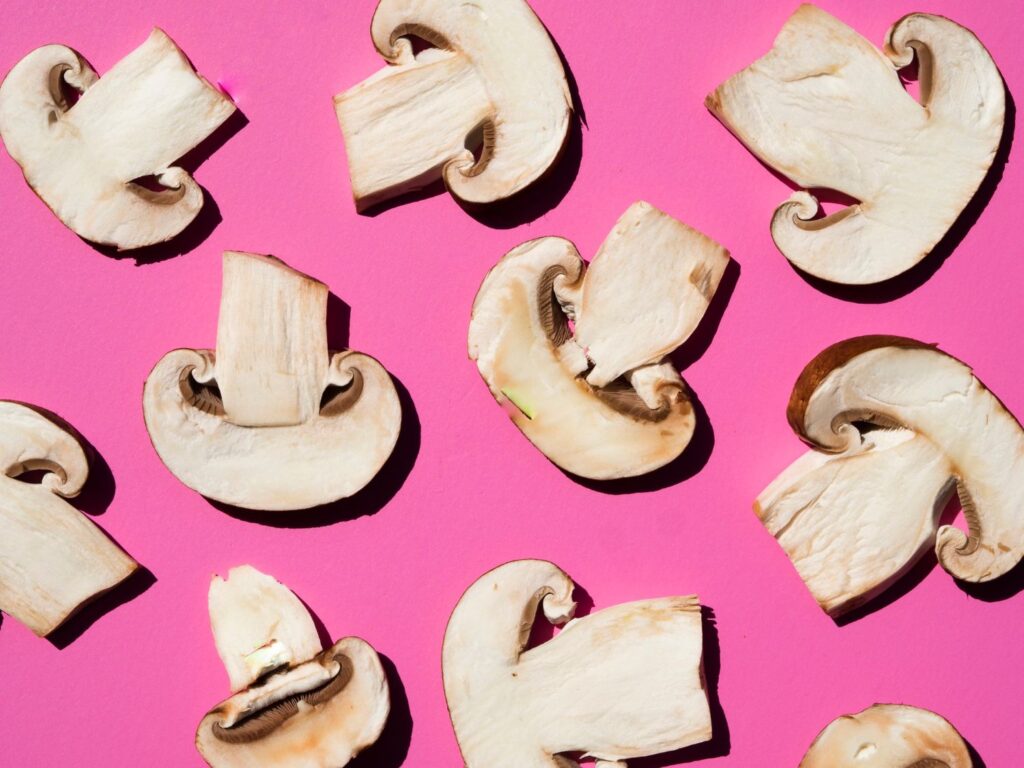The following is excerpted from The Power of the Poppy, available from Inner Traditions.
In the Beginning
Neolithic and Mesolithic archaeologists are at a distinct disadvantage.
No written records remain of the people they are studying; any legends of their
traditions and cultures have long since been forgotten, buried under multiple
waves of cultural invasions and counterinvasions. While tribes may have built
stone megaliths, they generally resided in wooden huts or longhouses that were ill-suited
for surviving for millennia in the moist European clime. We have only the most
scattered and fragmentary evidence left to us, and piecing it together to find
any kind of definitive answer is challenging in the extreme. The best we can
hope for is educated guesswork and enlightened speculation — which must, of
course, be colored by the prejudices and preconceptions of those who are left
to interpret these puzzles.
The Dawn of Poppy Cultivation
Approximately 7,500 years ago agricultural communities began
to develop along the basin of the Danube River. Within less than two hundred
years they had spread to what would become Belgium and northern France in the
west and Ukraine in the east. Where their ancestors had foraged and hunted for
a living, these people (called linearbandkeramik, or LBK,
for their distinctive pottery) worked the land for their food. They took
cues — and seeds — from the Near East, where farming had been taking place for
millennia. Among the charred remains of their fires, archaeologists have found
traces of emmer and einkorn wheat, linseed
(flax), lentils, and peas, crops that originated in modern-day Turkey, Syria,
Israel, and Iran. But amid all those eastern seeds was one other
nonnative plant that came not from the east but from the southwest — Papaver
somniferum, otherwise known as the opium poppy.
Today most botanists believe P. somniferum descends
from Papaver
setigerum, a wild poppy growing in the western Mediterranean. P.
setigerum is found in Italy, northern Africa, eastern Spain, the
Mediterranean coast of France, and the Canary Islands. P.
setigerum is slightly smaller than P. somniferum; its leaves
are thinner, with long, jagged teeth tipped with a bristle that is not found on
P.
somniferum leaves. They also lack P. somniferum's waxy
coating. Like its domesticated cousin, P. setigerum contains
morphine alkaloids; indeed, the two poppies are so similar that some botanists
believe them to be the same species.
It has been suggested that poppies were introduced to LBK
agriculture through trade with the La Hoguette culture, a group known primarily
by its distinctive bone-tempered pottery. The La Hoguette culture is believed
to have originated in southern and southwestern France. They descended from an
earlier impressed ware culture that resided on the shores of the Mediterranean.
La Hoguette and LBK pottery has been found together at many sites east and west
of the Rhine, suggesting that contact and trade took place between the two
cultures.
From there, poppies continued on their journey northward. A dig at
Raunds, a site in rural Northamptonshire, England, uncovered eight opium poppy
seeds dated from the early Neolithic period (5,800-5,600 years ago). While
opium poppies can grow as weeds, the lack of other weeds in the ditch and the
absence of cereal remains suggest this plant may have been a crop in its own
right. While Neolithic civilization has traditionally been
envisioned as scattered collections of hunter-gatherers who supplemented their
foraging with primitive agriculture, the Raunds poppy seeds reveal trade routes
between Britain and the Continent. They also suggest that the people of Raunds
held poppies in high regard — high enough, at least, to carry seeds across the English
Channel, then haul them into the East Midlands and plant them.
At Cuevo de los Murciélagos (Cave of the Bats, a Neolithic burial
site located in Albuñol, Granada, in southern Spain) we find still more
evidence of poppy usage. Thanks to the cave's arid conditions, the round, woven
grass bags that were buried with the dead have been preserved, along with their
contents — large numbers of poppy capsules, which have been shown by carbon
dating to be more than six thousand years old. Given the somnolence caused by
ingestion of poppies, it seems clear that even at this early date they were
associated with death and, presumably, with shamanic journeying.
Excavations at Egolzwil, an archaeological site located in
Switzerland's Lucerne canton, have revealed signs of poppy cultivation dating
back more than six thousand years, including poppy seed cakes and poppy heads.
These may have been used to feed their cattle in emergencies (cattle generally
dislike foraging on bitter-tasting poppies and will eat them only if no better
food is available), but these farmers would certainly have known that poppies
can produce intoxication and even death in cattle if too many are given. Yet
evidence suggests that poppies were the most common crop at Egolzwil, more common
than club wheat, barley, or flax.
Even earlier evidence
of opium poppy use comes from recent underwater archaeological work at La
Marmotta, a site in Lake Bracciano, Italy (northwest of Rome). La Marmotta was
occupied by a Neolithic farming community for about five hundred years before
it was abandoned, then submerged by water some 7,700 years ago. Based on the
sophisticated artifacts found at the La Marmotta site — and the paucity of
evidence for any other contemporaneous cities or villages in the area — archaeologists
believe this was a colony from another civilization in Greece or the Near East.
And given the model boats (along with a well-preserved longboat found buried in
the mud), it seems likely that there was considerable water traffic between the
La Marmotta colony and traders from other civilizations.
"This was not an ordinary village," says Maria Antonietta Fugazzola
Delpino, director of the La Marmotta expedition. "The people were in touch with
other communities in the Mediterranean. We picture it as a kind of
highway — there were many ships coming and going." Organic remains preserved
beneath three meters of limestone included poppy seeds, presumably cultivated
for food, oil, medicine, and possibly for religious use. It may be here that
poppies and their seeds were first brought eastward from Europe. Two thousand
years later they would be seen again in the kingdom of Sumeria.
Exploring the Archaeological Record
Most of what we know of the LBK and La Hoguette cultures
comes from shards of their pottery and scraps gleaned from long-buried campfire
sites where they cooked their meals. We do not know whether they encountered
each other through trade, through warfare, or (as seems likely, given what we
know of posthistoric humankind) through some combination thereof. We do not
know whether the LBK culture consisted of colonists moving in via the Balkans
(as some theorize) or whether it sprung up among the indigenous people after
they were exposed to pottery, agriculture, and other accoutrements of the
"Neolithic Revolution."
If we know little about LBK culture, we know even less about
the La Hoguette peoples. Their sites show evidence that they, like
contemporaneous Mediterranean cultures, had domesticated sheep and goats but
not cattle or pigs. Their pottery also shows evidence of Mediterranean
influence, but the stone tools recovered at their sites are very similar to
those used by earlier regional Mesolithic cultures. And while we believe that
the LBK culture acquired poppies from the La Hoguette people, thanks to P.
setigerum's distribution, we cannot say for certain. While wild
poppies grow in the region of the La Hoguette culture, to date no seeds have
been found at the few La Hoguette sites that have been excavated.
It is difficult to distinguish
between the carbonized seeds of wild and domesticated poppies. Furthermore,
their small size means that only a very few poppy seeds have been found at LBK
sites. This makes it difficult to determine how extensive the cultivation of
poppies was among Neolithic farmers, especially since cultivated poppies can
quickly spread and become weeds given the proper soil and climate. As a result,
some archaeologists have tried to downplay poppy cultivation among Central
Europe's Neolithic and Mesolithic peoples, claiming that all evidence of
poppies at their sites comes from wild poppies growing in the area. (This, of
course, begs the question of how these wild poppies came to Central Europe in
the first place.)
An artifact found in Meinling, Germany, however, suggests
that poppies were of some considerable importance. This pot is more than six
thousand years old and was made from clay tempered (mixed) with poppy seeds.
While it is common for potters to temper clay with inert matter like straw or
sand, poppy seeds are oily and not particularly suitable for use as a temper.
Their usage in this context suggests this pot had some special purpose. Given
the role of poppies in other cultures, we can speculate that it had some
religious significance and may have been used as a sacramental vessel.
Furthermore, we should note that much early agriculture among
hunter-gatherers involved "prestige" crops rather than staples. Early
agriculture was laborious, backbreaking work. Forests were cleared with flint
rocks chipped to produce an edge. Straight sticks were used to dig roots out of
the ground, forked sticks to till the dirt, and sharpened stones to harvest
wild-growing and cultivated grains. With such inefficient tools, it was
difficult to produce large-scale food crops, especially in the moist, heavy
soil of the LBK region. Hence, it is likely that many of the earliest crops
were grown not to support the population but for ceremonial purposes. Many
believe that grains were first grown to produce not bread but beer, or, as one
archaeologist put it, "Thirst rather than hunger may have been the stimulus
behind the origin of small grain agriculture."
Poppies produced oil that could be used in lamps — but animal fat
provided by abundant herds and game would serve a similar purpose. Poppy seed
provided a food source — but so did the hazelnuts that grew wild throughout the
region. It is most unlikely that primitive farmers expended so much effort to
establish poppies while remaining unaware of their psychoactive properties.
The Religion of Hunter-Gatherers
We limit the role of religion to "spiritual" questions, and we
draw hard and fast lines between facts and myths. This is a very recent
development, and one that is still controversial in many quarters. So too is
our idea that the "soul" is something unique to humankind, not to mention our
separation of this world from the heavenly realms. Among hunter-gatherer cultures,
these distinctions are meaningless. They live in a world where the spiritual is
immanent, where they have social relationships not only with their family and
clan but also with the animals they hunt, the springs from which they draw
water, and the plants that provide them with roots and berries.
The specific nature of
this life force is envisioned differently among different groups. The
hunter-gatherer Mbuti pygmies of the Congo envision the forest as father and
mother. They sing to it while going about their daily affairs; in times of
trouble they call on it by blowing their molimo trumpets and
singing special songs to ensure it "awakens happy."8 To Australian
Aborigines the "eternal" is present in daily life and temporal space, even if
it sometimes becomes obscured in the day-to-day rhythms of an individual's
existence; the spirit world presents itself in the rocks, trees, dances, songs,
and experiences of the living. But the overarching theme remains:
the life force that animates humans also animates other beings; they are as
much a part of the community as the children and ancestors.
Because these "objects" are part of the community, they are
treated as such. They are not only spoken to, but spoken with.
They share their bodies and provide nourishment for the community, but they
also share their wisdom and provide counsel and encouragement. Alternately,
they may be hostile to the clan and treated with fear and healthy respect. The
hunter-gatherer lifestyle has little to do with the idyllic but fictitious
world of the "noble savage" — they live in a world where disease, starvation, and
injury are ever-present dangers and where those outside the clan are generally
seen either as threats or as potential prey. But whether friend or foe, they
are recognized as sentient and capable of communication.
Many world myths connect the development of agriculture to the gods.
Dionysus taught Hellenics the secrets of viniculture while Athena gave the
olive tree to the citizens of her namesake city. Various Native American tribes
speak of how Corn Maiden took pity upon hungry humankind and gave them the gift
of maize, while many Egyptologists connect the death and resurrection of Osiris
with the sowing and harvesting of wheat. We see these stories as "creation
myths" and "archetypal representations." But suppose we look at them from the
hunter-gatherer viewpoint — as literal truths?
If a species wished to propagate itself (and what species doesn't?),
hitching its wagon to the fortunes of Neolithic humans would be a superb way of
doing so. By communicating their likes and dislikes to the people who gathered their
fruits, they could establish a partnership with carriers who would take their
seeds farther than wind, water, or the vagaries of chance. They could ensure
their offspring would be placed in fitting soil with proper drainage and light,
not just scattered about randomly. They could take advantage of humankind's
mobility and tool-making skills to spread their range farther. Today some
people talk to their plants. Could it be that our hunter-gatherer ancestors
learned how to farm by listening to theirs?
One of the first plants to share its secrets was the poppy. In a
time when dysentery and stomach illnesses frequently proved fatal, the poppy
provided potent medicine against diarrhea. In a world where those who made it
to thirty were old and arthritis was commonplace, poppy provided relief from
pain and allowed those who consumed it to continue serving the clan as
productive hunters and foragers. Those who wished to explore alternate
realities through the use of plant allies found Poppy to be invaluable. By
drinking poppy tea or consuming poppy pods, they could induce hypnagogic states
and vivid dream-visions.
As it cemented its symbiotic relationship with humankind, Poppy
began developing higher concentrations of the alkaloids that were the secret of
its power. In return, those whom it served returned the favor, and soon P.
somniferum was spreading across Europe and into Asia.
Teaser image by R@jeev, courtesy of Creative Commons license.













